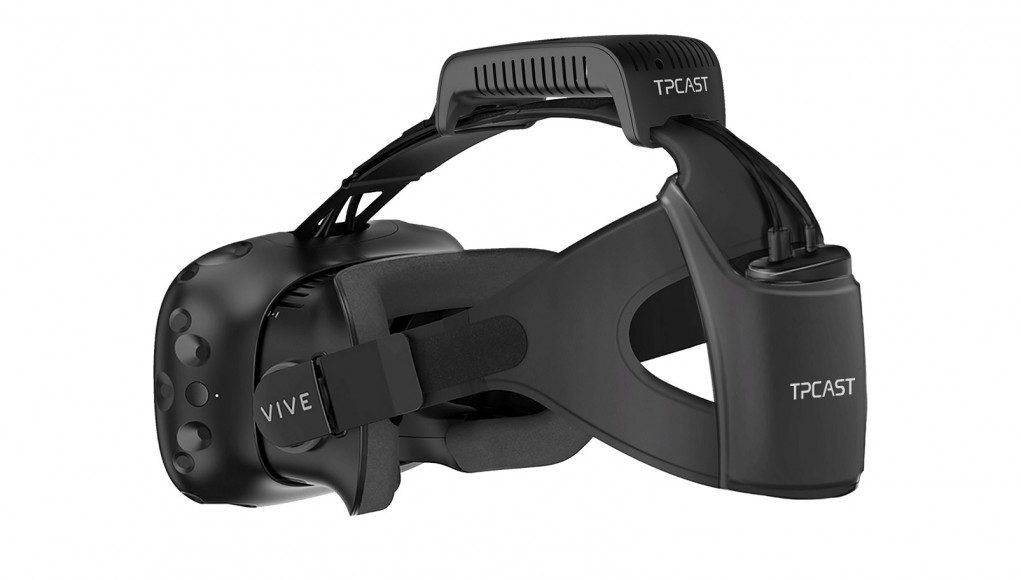Speaking at GDC 2017, Jason Rubin described VR wireless technology as “compressed, not perfect, and expensive” and “the wrong direction for right now”. Rubin’s task at Oculus is to deliver compelling VR content, and believes that hardware features such as wireless, while desirable, simply add to the cost of a product that is already considered too expensive.
As Oculus’ VP of Content, Jason Rubin’s priorities are steered towards delivering a strong software lineup, but he offered some thoughts about emerging VR hardware technologies when speaking to PCGamesN at GDC 2017. Following the positive reaction to low-latency wireless accessories like KwikVR and TPCAST, and influential figures like Gabe Newell suggesting that PC VR headsets will have integrated solutions in 2018, the expectation for wireless high-end VR is rising.
However, it adds a significant cost to products that are already considered very expensive for mainstream adoption, and Rubin believes it is currently the wrong move. “If we add wireless, but it adds $200 to the price of the headset, I think we’re moving in the wrong direction for right now. Some may want it, so as a peripheral it’s interesting, but I don’t think it should be our focus right now, I think our focus should be on bringing the core experience we have down in cost before we add features.”

Rubin is being realistic. The hardware needs to improve, but it has to become more affordable as well, and ultimately appeal equally to the mainstream consumer and the enthusiast. In any case, it will remain a matter of tradeoffs. The existing wireless solutions are close to the limit of bandwidth to stream current resolutions at 90Hz, and increasing resolution and FOV is the main expectation for the next generation of VR HMDs. “They’re getting it, not to say it doesn’t work, but it’s compressed, it’s not perfect and it’s expensive”, he says. “If we go wireless and then we decide we’re going to increase the resolution of the screens, now all of a sudden we may have to go back to a wire.”
It’s clear that Rubin is discussing the short term here. Wireless is the future, and Oculus’ own Chief Scientist Michael Abrash laid down some impressive predictions of where the hardware could be in five years, which include a wireless solution supporting 4Kx4K displays per eye. Valve are certainly not afraid of pushing the hardware at a high price. Speaking at a recent press event, Gabe Newell described the Vive, which is the most expensive VR device on the market, as “barely capable of doing a marginally adequate job of delivering a VR experience”, and believes major hardware improvements are required to make VR compelling enough for the mainstream, warning that high-end systems will remain very expensive.
While it may appear that Valve and Oculus have different priorities here, it’s all a matter of interpretation. Both companies are heavily invested in delivering content and developing future VR hardware solutions – it just depends on who you talk to, and what timescale they’re prepared to talk about. Right now, Rubin’s message is clear. “The two things we think are most important in pushing PC VR forward right now are better and better content and better and better price”.







